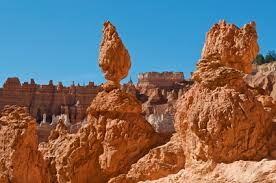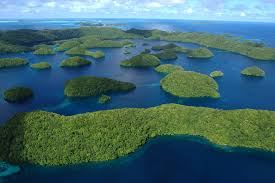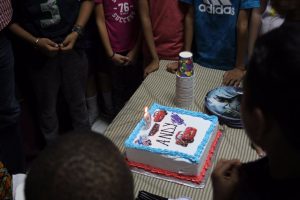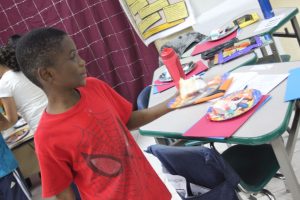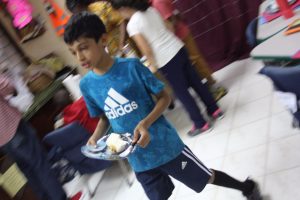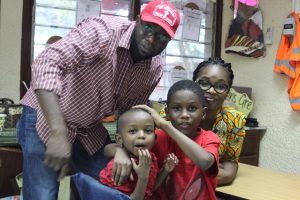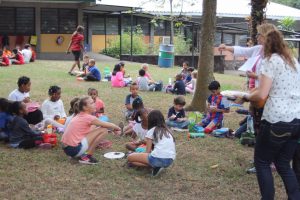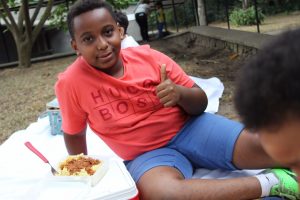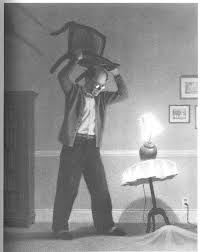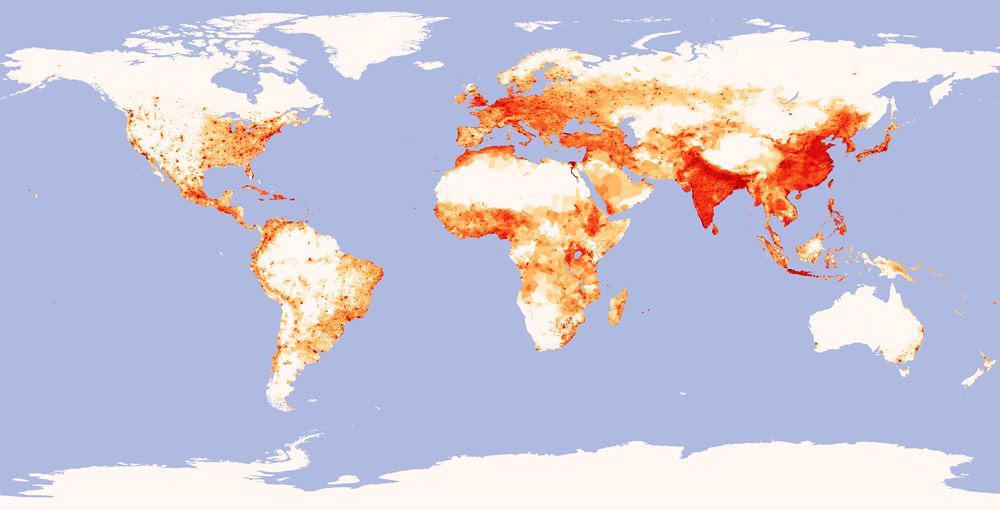An announcement from Mr. Bergh:
Hello TASOK Elementary School Parents,
Students’ health and wellness are at the center of everything we do here at TASOK. That is why, from 3:30 to 4:30, four days a week (not Wednesday), we offer a diverse range of after school activities for all age groups. Our talented teachers and parents have volunteered their time to offer many different types of clubs and activities in hopes that all students will find something that interests them. These activities are free, except for World Dance which is $50 for the program (payable to the school cashier).
I have outlined the activities and clubs below, including what age it is geared towards as well as what day it will be offered. Please read over the choices carefully with your child. After, you may select up to 5 choices in order of preference (Google Form on bottom of page). I will try and give every child at least 2 of their choices. Please realize that most ASAs have a maximum capacity of 15 students (some less), therefor it is important to return your selections as quickly as possible.
You will receive confirmation of your child’s activity by Friday. Please ensure that your child is dressed appropriately for their activity (ex: swimming, soccer, Outdoor Leadership …). Also, before ASAs begin, your child will sit-down for an afternoon snack. Please pack an extra snack for your child on the days they have ASAs.
The ASA program begins Monday, August 28 and runs until November 17, from 3:30 – 4:30. You are responsible to be at TASOK by 4:30 to pick-up your child.
After this trimester a new list of ASAs will be offered and your child will have the opportunity to participate in other activities. Please note, not all ASAs will run in the following trimester.
If you have any questions, please email me at sbergh@tasok.net
Monday
- Zumba (Gr. K-2)
- Movie Club (Gr. 3-5)
- Outdoor Leadership (Gr. 4-12)
Tuesday
- Art (Gr. K-2)
- Cross Train Congo (Gr. K-2)
Cross Train Congo Kids is a strength and conditioning program and begins with a belief in fitness. It is used to teach children to be healthy, strong, and have a lifelong love of staying healthy. Classes will be a combination of gymnastics, body weight movements, games and a lot of fun! Every class will consist of a warm-up, skill, and a work out of the day. Students will not lift anything heavier than a stick. Please note that students need to come dressed in athletic clothing and shoes for every class.
- Art (Gr. 3-5)
- Pool activities (Gr. 3-5)
Your child must be comfortable in the water and be able to swim, these are not swim lessons. Please note, your child must pack a swimsuit and towel for this activity.
- Destination Imagination (Gr. 4-5)
The Destination Imagination program is a fun, hands-on system of learning that fosters students’ creativity, courage and curiosity through open-ended academic Challenges in the fields of STEM (science, technology, engineering and mathematics), fine arts and service learning. Our participants learn patience, flexibility, persistence, ethics, respect for others and their ideas, and the collaborative problem solving process. Teams may showcase their solutions at a tournament.
- Computer Programming with Python (Gr. 4-5)
Python is a widely used programming language created for general purpose programming.
Thursday
- Condor Connect (K-12)
- MakerSpace (Gr. 3-5)
Makerspace will provide hands-on, creative ways to encourage students to design, experiment, build and invent as they deeply engage in science, engineering and tinkering
Friday
**World Dance is offering these ASAs. The fee is $50 per student/per class, payable to the Business Dept. of TASOK. Please note, a minimum of 10 students is needed to run a class.**
Monday
- Break Dance and Acrobatics (Boys Gr. 3-5)
Tuesday
- Zumba (Gr. 3-5)
- Dance and Circus (K-2)
Thursday
- Dance and Circus (Gr. 3-5)
- World Dance (Gr. 2-5)
Sign up here: TASOK Elementary ASA Sign-up (Trimester 1)
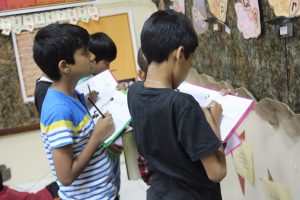
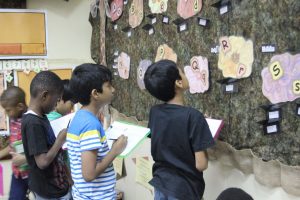
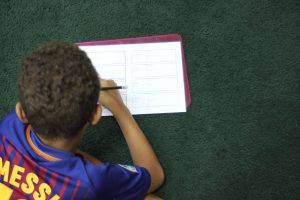
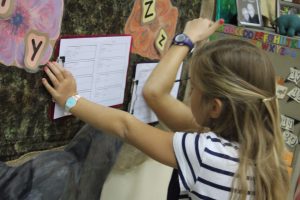
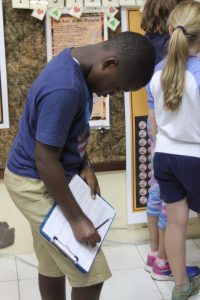
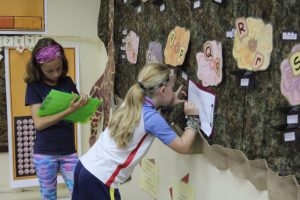
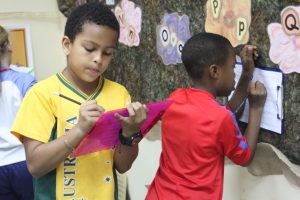
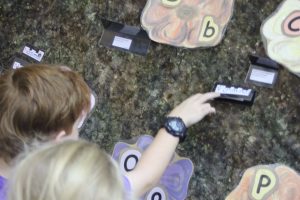
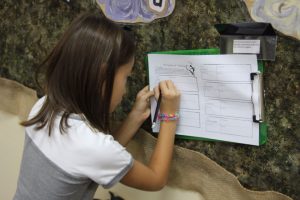
He threw with all his might, but the third stone came skipping back.


